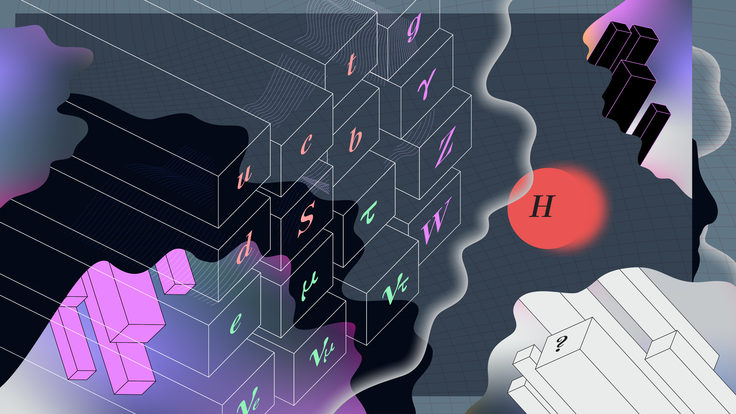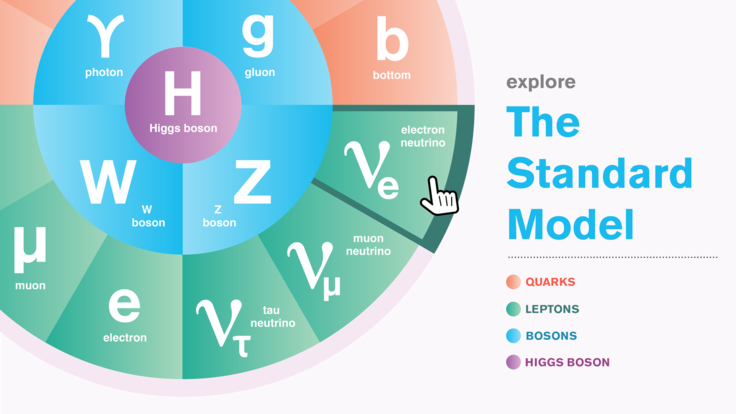A year may sound like a long time to shut down an experiment at the Large Hadron Collider.
But it's all relative to researchers working on the Compact Muon Solenoid detector, which will study the results of particle collisions in the LHC.
A year is nothing compared to the time it took the CMS collaboration to obtain the lead tungstate scintillating crystals they needed to build the detector's electromagnetic calorimeter--15 years.
They began working on the crystals just after the fall of the Soviet Union and finally collected the complete set about a year ago.
The Soviet military began developing the crystals, possibly for use in lasers, said CMS Collaboration Board Chair Dan Green. But after the fall of the Soviet Union, they shared their research with CMS physicists.
"Only about a handful (of the crystals) existed," said CMS Spokesman Jim Virdee at a presentation at the AAAS conference in Chicago. "We needed about 75,000 of them."
Physicists wanted the crystals because they could absorb a large amount of energy in a short space and then release it rapidly as light. The electromagnetic calorimeter measures the energy of particles that interact with electromagnetic force by reading the amount of light generated by the photons and electrons the crystals capture from particle collisions in the detector.
The crystals need to act fast because interactions happen roughly every 25 nanoseconds in the LHC, Green said.
The crystals in the electromagnetic calorimeter are only about 25 cm long. But they're so dense, "if you picked one up, it would feel like picking up a lead brick," Green said.
CMS conducted its own research and development on the crystals between 1993 and 1998. After that, the Bogoroditsk plant in Russia began producing about 900 crystals each month.
Each ultra-pure crystal took three days to make at the factory. To make the crystals, workers melted lead oxide and tungsten oxide in a ceramic crucible lined in platinum. The crucibles they used were small enough to hold in two hands.
The Shanghai Institute of Ceramics in China began contributing about 130 crystals each month to the project close to the end of production. CMS received the last crystal they needed in March 2008.
The LHC took 20 years to piece together because of cases like this. For example, people in five different countries needed to work for a total of about seven years on a type of superconducting cable the CMS detector uses. At a different time, the collaboration needed to find a new way of making a type of radiation-hard electronics after they encountered a problem with the company that had been working on them for a decade.
"We've had big changes in the middle of the project," Virdee said. "After all of these big switches, now we have to take (the shut-down of the LHC) in our stride."







